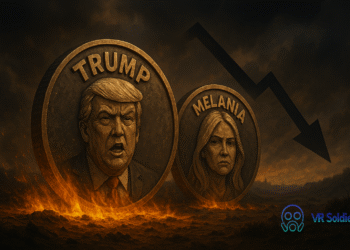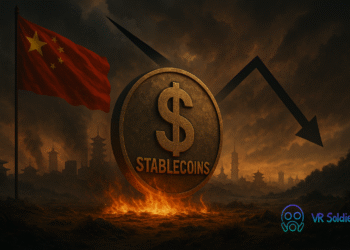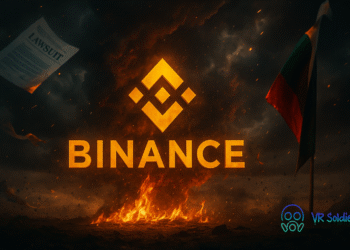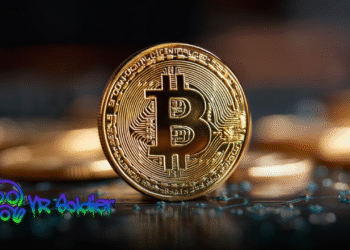Uniswap Plans Major UNI Supply Reduction
Uniswap has introduced a new governance proposal that would significantly reshape its tokenomics and internal structure. The plan includes reducing UNI’s circulating supply, activating protocol fees, and merging the Uniswap Foundation and Labs into a single organization.
The proposal, submitted on November 10 and referred to internally as “UNIfication,” seeks to align Uniswap’s token incentives and governance model for long-term protocol sustainability.
A proposal for the next chapter of 🦄
UNIfication is a joint proposal from Uniswap Labs and the Uniswap Foundation that turns on protocol fees and aligns incentives across the Uniswap ecosystem
Positioning the Uniswap protocol to win as the default decentralized exchange https://t.co/ra0Y7TKpYk
— Uniswap Labs 🦄 (@Uniswap) November 10, 2025
If approved, the changes would introduce a direct link between trading activity and UNI token value, while simplifying how the platform’s core entities operate.
Protocol Fees and Supply Reduction
A central part of the proposal is the activation of protocol fees for the first time. Under the new model, a portion of collected fees would be used for a perpetual UNI burn, effectively reducing supply over time.
The mechanism would also include revenue from Unichain, Uniswap’s Layer 2 network, where sequencer fees will be directed toward the burn process.
Additionally, the proposal calls for a one-time burn of 100 million UNI tokens from the project’s treasury approximately 16% of the total circulating supply. This represents what Uniswap estimates might have been burned since 2020 if the system had been active from the beginning.
In parallel, the governance design introduces a fee auction model. Traders could bid UNI for trading fee discounts, and all UNI used in these auctions would also be burned, gradually tightening supply while reinforcing a utility-driven market dynamic.
Governance and Organizational Merger
The proposal also includes a major governance reform that would merge Uniswap Foundation and Uniswap Labs. Under this new structure, all staff from the Foundation would transition to Labs, creating a single operational entity focused on protocol growth and innovation.
As part of the change, Uniswap Labs would end revenue collection from its wallet, API, and interface, moving the focus from product-level earnings to protocol-level adoption.
The treasury would provide a growth fund, distributed quarterly starting in 2026, to support development, community programs, and ecosystem expansion.
The proposal reflects Uniswap’s growing confidence in the evolving U.S. regulatory landscape, which the team says now allows for more transparent and active participation in on-chain governance.
Market Reaction and Outlook
Following the announcement, UNI’s price surged more than 40%, reflecting strong community interest in the potential for tighter token economics and a clearer value capture mechanism.
Analysts see the proposal as a defining shift for decentralized exchanges, aligning token value more closely with actual protocol use while simplifying organizational governance.
If approved, “UNIfication” could mark a new era for Uniswap as one of the most decentralized and transparent platforms in DeFi.












